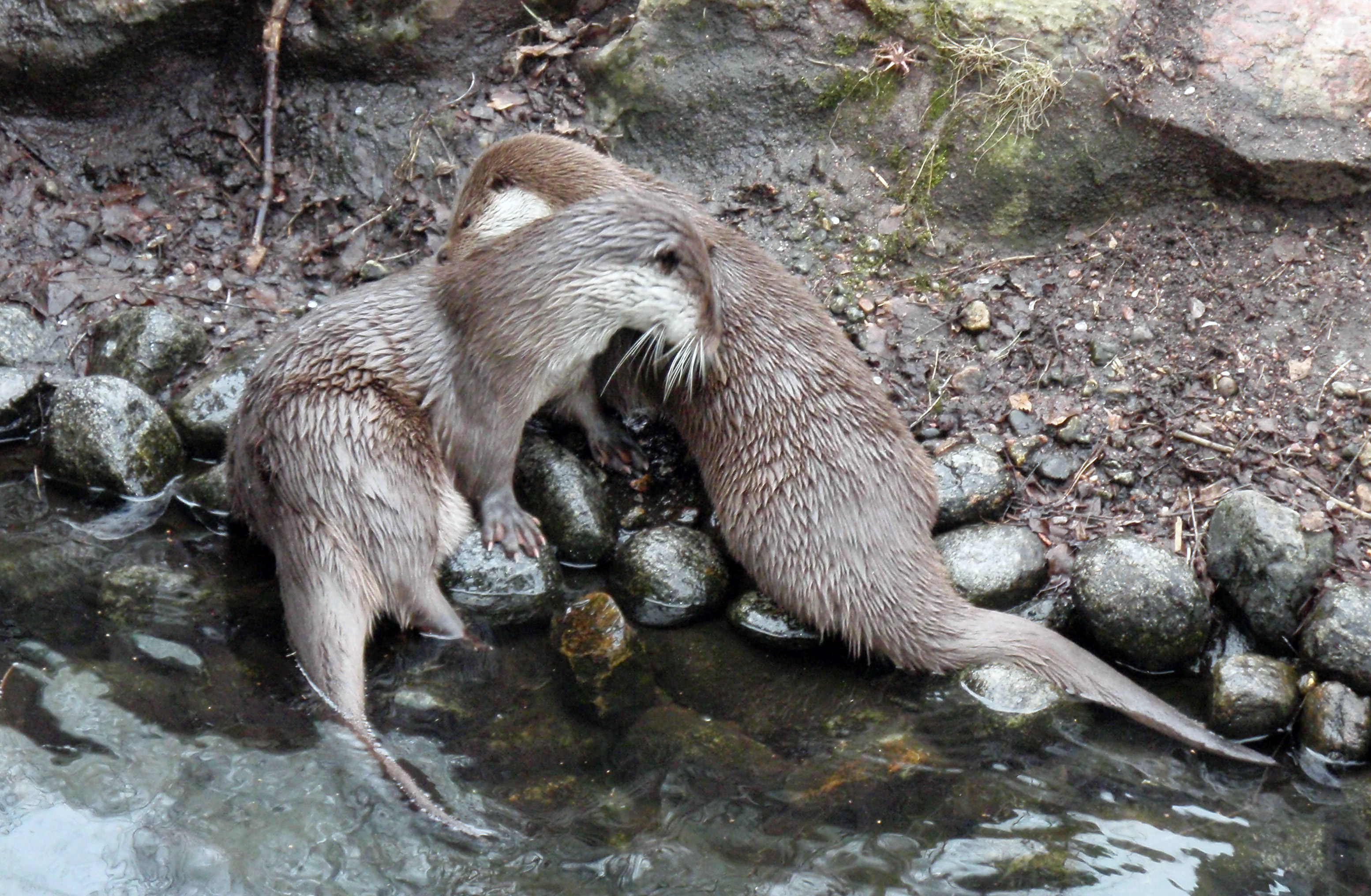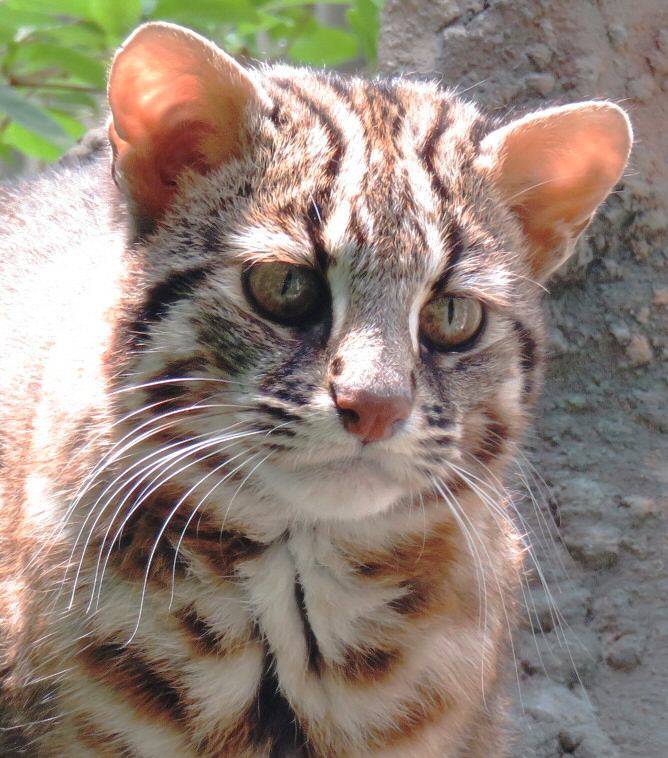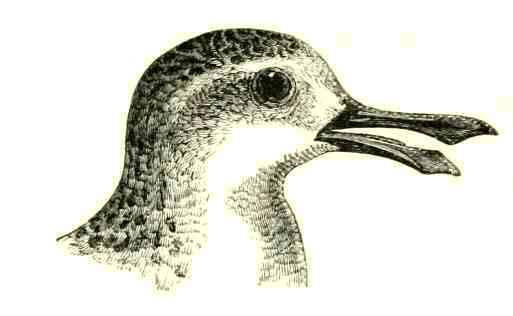|
Mai Po
Mai Po Marshes (; Hong Kong Hakka: ''Mi3bu4 Sip5ti4'') is a nature reserve located in San Tin near Yuen Long in Hong Kong. it is within Yuen Long District. It is part of Deep Bay, an internationally significant wetland that is actually a shallow estuary, at the mouths of Sham Chun River, Shan Pui River (Yuen Long Creek) and Tin Shui Wai Nullah. Inner Deep Bay is listed as a Ramsar site under Ramsar Convention in 1995, and supports globally important numbers of wetland birds, which chiefly arrive in winter and during spring and autumn migrations. The education center and natural conservation area is wide and its surrounding wetland has an area of 1500 acres (6 km2). It provides a conservation area for mammals, reptiles, insects, and over 350 species of birds. The reserve is managed by the World Wide Fund for Nature Hong Kong since 1983 and WWF runs professionally guided visits for the public and schools to the reserve; the Agriculture, Fisheries and Conservation Depar ... [...More Info...] [...Related Items...] OR: [Wikipedia] [Google] [Baidu] |
Hong Kong
Hong Kong)., Legally Hong Kong, China in international treaties and organizations. is a special administrative region of China. With 7.5 million residents in a territory, Hong Kong is the fourth most densely populated region in the world. Hong Kong was established as a colony of the British Empire after the Qing dynasty ceded Hong Kong Island in 1841–1842 as a consequence of losing the First Opium War. The colony expanded to the Kowloon Peninsula in 1860 and was further extended when the United Kingdom obtained a 99-year lease of the New Territories in 1898. Hong Kong was occupied by Japan from 1941 to 1945 during World War II. The territory was handed over from the United Kingdom to China in 1997. Hong Kong maintains separate governing and economic systems from that of mainland China under the principle of one country, two systems. Originally a sparsely populated area of farming and fishing villages,. the territory is now one of the world's most signific ... [...More Info...] [...Related Items...] OR: [Wikipedia] [Google] [Baidu] |
WWF Hong Kong
WWF Hong Kong (WWF HK) is the independent branch of the World Wide Fund for Nature in Hong Kong. It was established in December 1981 as ''World Wildlife Fund Hong Kong''. WWF Hong Kong has over 150 full-time staff for conservation impact and a new deal for nature and people. Visitors are welcome at some five centres located Central 1, Tramway path, Island House Tai Po, Mai Po, and Hoi Ha Wan. In the city visitors can interact and participate in activities at the sustainability hub at 1, Tramway Path At Mai Po nature reserve visitors can meet the WWF Hong Kong research team under Dr Carmen Or who is carrying out citizen science activities and biodiversity research across Hong Kong, such as the Camera trap mammal and firefly surveys to map more than 2050+ species across the Mai Po Marshes nature reserve. The surveys have also incorporated citizen science participation, and using this approach to further monitor biodiversity across Hong Kong, WWF have incorporated iNaturalist and ... [...More Info...] [...Related Items...] OR: [Wikipedia] [Google] [Baidu] |
Eurasian Otter
The Eurasian otter (''Lutra lutra''), also known as the European otter, Eurasian river otter, European river otter, common otter, and Old World otter, is a semiaquatic mammal native to Eurasia and the Maghreb. The most widely distributed member of the otter subfamily (Lutrinae) of the Mustelidae, weasel family (Mustelidae), it is found in the waterways and coasts of Europe, many parts of Asia, and parts of northern Africa. The Eurasian otter has a diet mainly of fish, and is strongly territorial. It is endangered in some parts of its range, but is recovering in others. Description The Eurasian otter is a typical species of the otter subfamily. Brown above and cream below, these long, slender creatures are well-equipped for their aquatic habits. Their bones show osteosclerosis, increasing their density to reduce buoyancy. This otter differs from the North American river otter by its shorter neck, broader visage, the greater space between the ears and its longer tail. However, the ... [...More Info...] [...Related Items...] OR: [Wikipedia] [Google] [Baidu] |
Small Asian Mongoose
Small Asian mongoose is a common name applied to two mammals which were formerly considered to be a single species: * Javan mongoose * Small Indian mongoose Mammal common names {{Short pages monitor ... [...More Info...] [...Related Items...] OR: [Wikipedia] [Google] [Baidu] |
Leopard Cat
The leopard cat (''Prionailurus bengalensis'') is a Felinae, small wild cat native to continental South Asia, South, Southeast Asia, Southeast, and East Asia. Since 2002 it has been listed as Least Concern on the IUCN Red List as it is widely distributed although threatened by habitat loss and hunting in parts of its range. Historically, the leopard cat of continental Asia was considered the same species as the Sunda leopard cat. As of 2017, the latter is recognised as a distinct species, with the Taxonomy (biology), taxonomic name ''Prionailurus javanensis''. Leopard cat subspecies differ widely in fur colour, tail length, skull shape and size of carnassials. Archaeological evidence indicates that the leopard cat was the first cat species domesticated in Neolithic China about 5,000 years ago in Shaanxi province, Shaanxi and Henan Provinces. Characteristics A leopard cat is about the size of a domestic cat, but more slender, with longer legs and well-defined webs between i ... [...More Info...] [...Related Items...] OR: [Wikipedia] [Google] [Baidu] |
Frontier Closed Area
The Frontier Closed Area ( zh, t=邊境禁區) is a regulated border zone in Hong Kong that extends inwards from the border with mainland China. It was established by the Frontier Closed Area Order, 1951, and 1984. Established to prevent illegal migrants and other illegal activities from mainland China and elsewhere by land and sea, the closed area is fenced along its perimeter to serve as a buffer between the closed border and the rest of the territory patrolled and controlled by Hong Kong Police Force and its Marine Region and the Immigration Department at land and sea. Developments are tightly controlled within the area, leading to less construction and causing most of the area to become a natural habitat for animals and plants. For anyone to enter the area, a Closed Area Permit is required from the Hong Kong Police Force, unless crossing the land boundary through the Frontier Closed Area with a valid travel document by land and/or sea. History The area was e ... [...More Info...] [...Related Items...] OR: [Wikipedia] [Google] [Baidu] |
Mangroves
A mangrove is a shrub or tree that grows mainly in coastal saline or brackish water. Mangroves grow in an equatorial climate, typically along coastlines and tidal rivers. They have particular adaptations to take in extra oxygen and remove salt, allowing them to tolerate conditions that kill most plants. The term is also used for tropical coastal vegetation consisting of such species. Mangroves are taxonomically diverse due to convergent evolution in several plant families. They occur worldwide in the tropics and subtropics and even some temperate coastal areas, mainly between latitudes 30° N and 30° S, with the greatest mangrove area within 5° of the equator. Mangrove plant families first appeared during the Late Cretaceous to Paleocene epochs and became widely distributed in part due to the movement of tectonic plates. The oldest known fossils of mangrove palm date to 75 million years ago. Mangroves are salt-tolerant ( halophytic) and are adapted to live in har ... [...More Info...] [...Related Items...] OR: [Wikipedia] [Google] [Baidu] |
Spoon-billed Sandpiper
The spoon-billed sandpiper (''Calidris pygmaea'') is a small wader which breeds on the coasts of the Bering Sea and winters in Southeast Asia. This species is highly threatened, and it is said that since the 1970s the breeding population has decreased significantly. By 2000, the estimated breeding population of the species was 350–500. Taxonomy ''Platalea pygmea'' was the scientific name proposed by Carl Linnaeus in 1758. It was moved to ''Eurynorhynchus'' by Sven Nilsson (zoologist), Sven Nilsson in 1821. It is now classified under the calidrid sandpipers. Description The most distinctive feature of this species is its spatulate beak, bill. The breeding adult bird has a red-brown head, neck and breast with dark brown streaks, blackish upperparts with buff and pale rufous fringing. Non-breeding adults lack the reddish colouration, but have pale brownish-grey upperparts with whitish fringing to the covert (feather), wing-coverts. The underparts are white and the legs are b ... [...More Info...] [...Related Items...] OR: [Wikipedia] [Google] [Baidu] |
Black-faced Spoonbill
The black-faced spoonbill (''Platalea minor'') is a species of wading bird in the ibis and spoonbill family Threskiornithidae, found in eastern Asia. This species has the most restricted distribution of the six spoonbill species, and it is the only one regarded as endangered species, endangered. Spoonbills are large water birds with dorso-ventrally flattened, spatulate bills. These birds use a tactile method of feeding, wading in the water and sweeping their beaks from side-to-side to detect prey. Confined to the coastal areas of eastern Asia, it seems that it was once common throughout its area of distribution. It currently breeds only on a few small rocky islands off the west coast of North Korea, with four wintering sites at Macau, Hong Kong, Taiwan and Vietnam, as well as other places where they have been observed in migration. Wintering also occurs in Jeju Province, Jeju, South Korea, Kyushu and Okinawa Prefecture, Okinawa, Japan, and the Red River (Asia), Red River delta in ... [...More Info...] [...Related Items...] OR: [Wikipedia] [Google] [Baidu] |
Saunders's Gull
Saunders's gull (''Saundersilarus saundersi'') or Chinese black-headed gull, is a species of gull in the family Laridae. It is found in China, Japan, North Korea, South Korea, Macau, Russia, Taiwan, and Vietnam. Its natural habitats are estuarine waters and intertidal marshes. As with many other gulls, it has traditionally been placed in the genus ''Larus'', but based on phylogenetic work some have moved it to ''Chroicocephalus'', while others argue it is sufficiently distinct for placement in the monotypic ''Saundersilarus''. In 2023, this transfer was accepted by the International Ornithologists' Union. It is threatened by habitat loss, particularly by conversion of saltmarsh to agricultural land or fish farms, and industrial development including oil extraction. One of its few remaining strongholds are the Yancheng Coastal Wetlands, which hosts about 20% of the world's population. Saunders's gull is named after the British ornithologist Howard Saunders. Description This is a ... [...More Info...] [...Related Items...] OR: [Wikipedia] [Google] [Baidu] |
Shenzhen
Shenzhen is a prefecture-level city in the province of Guangdong, China. A Special economic zones of China, special economic zone, it is located on the east bank of the Pearl River (China), Pearl River estuary on the central coast of Guangdong, bordering Hong Kong to the south, Dongguan to the north, Huizhou to the northeast, and Macau to the southwest. With a population of 17.5 million in 2020, Shenzhen is the List of cities in China by population, third most populous city by urban population in China after Shanghai and Beijing. The Port of Shenzhen is the List of busiest container ports, world's fourth busiest container port. Shenzhen roughly follows the administrative boundaries of Bao'an County, which was established in imperial times. After the Opium Wars, the southern portion of Bao'an County was occupied by the British and became part of British Hong Kong, while the village of Shenzhen was next to the border. Shenzhen turned into a city in 1979. In the early 1980s, Chine ... [...More Info...] [...Related Items...] OR: [Wikipedia] [Google] [Baidu] |
Urbanization
Urbanization (or urbanisation in British English) is the population shift from Rural area, rural to urban areas, the corresponding decrease in the proportion of people living in rural areas, and the ways in which societies adapt to this change. It can also mean population growth in urban areas instead of rural ones. It is predominantly the process by which towns and City, cities are formed and become larger as more people begin to live and work in central areas. Although the two concepts are sometimes used interchangeably, urbanization should be distinguished from Urban sprawl, urban growth. Urbanization refers to the ''proportion'' of the total national population living in areas classified as urban, whereas urban growth strictly refers to the ''absolute'' number of people living in those areas. It is predicted that by 2050, about 64% of the developing world and 86% of the developed world will be urbanized. This is predicted to generate artificial scarcities of land, lack of dr ... [...More Info...] [...Related Items...] OR: [Wikipedia] [Google] [Baidu] |






